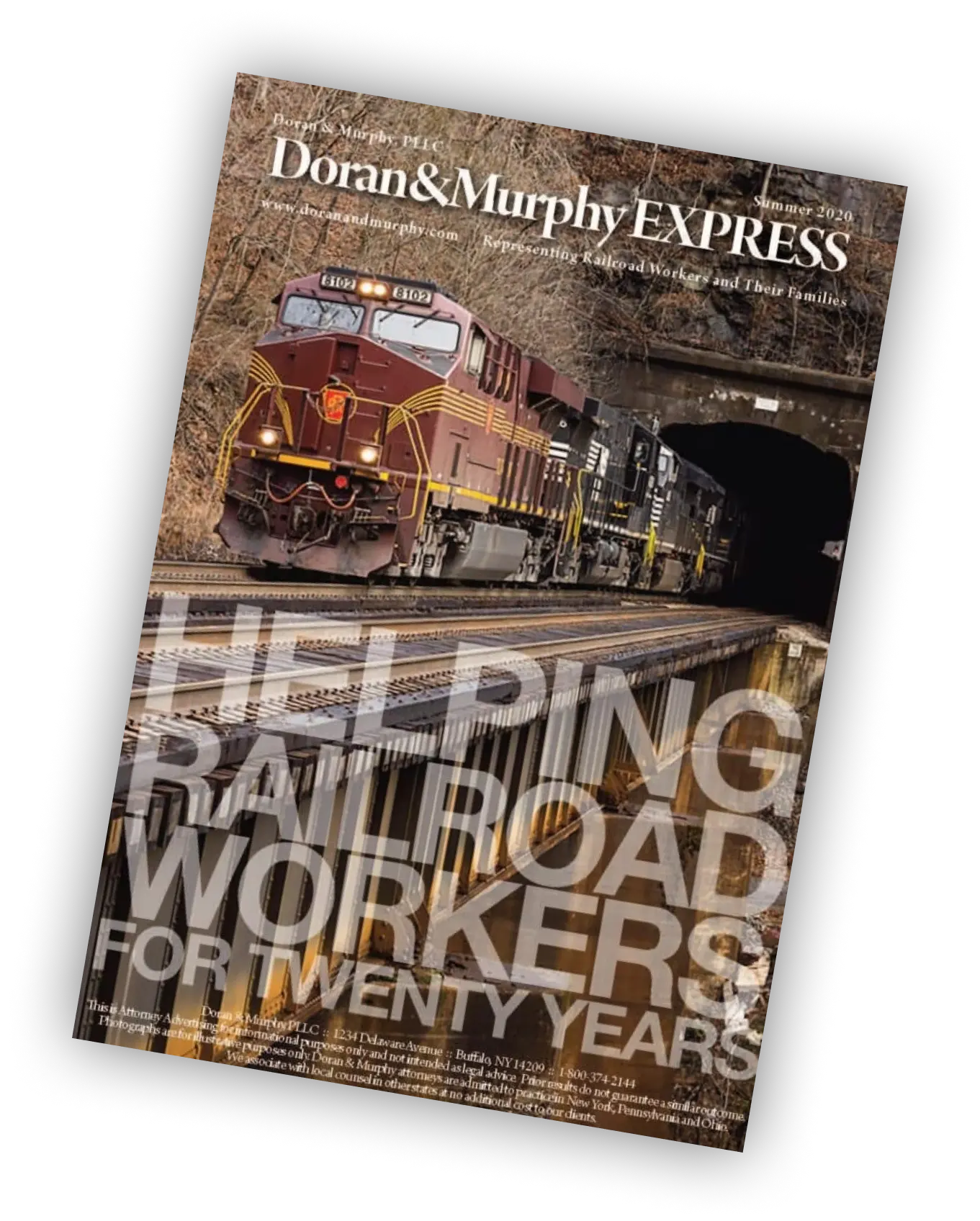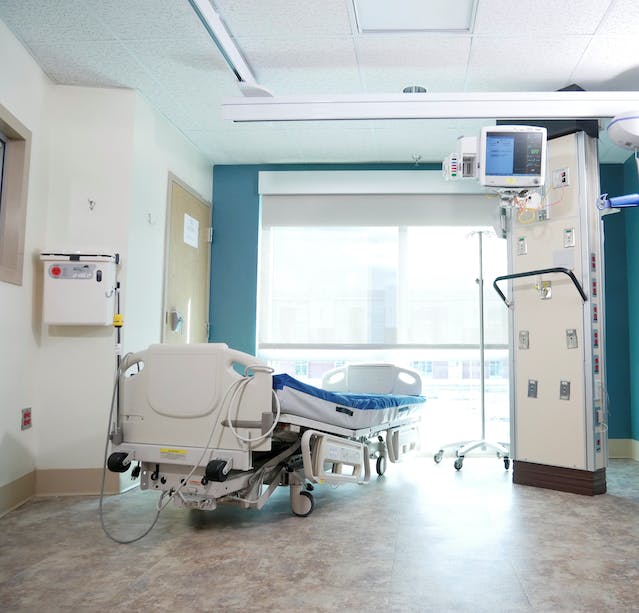The health risks of diesel exhaust exposure have been recognized for many years now; the Centers for Disease Control and Prevention (CDC, of which NIOSH is a subdivision), the World Health Organization (of which the IARC is a subdivision), and the U.S. Department of Labor (of which OSHA is a subdivision), are all among the many organizations that recognize diesel exhaust as a carcinogen. Its hazards are not, however, limited to an increased risk of cancer; diesel exhaust exposure increases the risk of lung cancer,Chronic Obstructive Pulmonary Disease (COPD), kidney cancer, and bladder cancer. Exposure can also exacerbate existing conditions, such as asthma, bronchitis, and emphysema. Minimal exposure can cause irritation to the eyes, throat, and lungs, lightheadedness, headaches, coughing, and various other minor symptoms. Unfortunately for railroaders, exposure is often much more than minimal and results in serious health problems.
But what is it about diesel exhaust that causes cancer? Diesel exhaust is made up of gases and particles, which contain carbon dioxide, carbon monoxide, nitrogen oxides, sulfur compounds, formaldehyde, benzene, volatile organic compounds, methanol, and various other gases… when you are breathing in diesel exhaust, it is not clean air entering your lungs. OSHA describes diesel exhaust as being made up primarily of “solid elemental carbon cores” with “organic carbon compounds adhered to the surfaces;” the organic carbon includes “polyaromatic hydrocarbons” that cause cancer. The Environmental Protection Agency (EPA) warns that the fine particles in diesel exhaust are so small that they easily pass through the nose and throat and get lodged in the lungs, posing significant health risks.
Given this information, it is apparent that diesel exhaust is an alarmingly dangerous substance rather than a mere nuisance. Railroad workers, however, may never have been warned about the dangers of diesel exhaust inhalation.
Many railroaders are and have been exposed to diesel exhaust on a daily basis:
- At running repair shops, in the diesel shops or diesel terminals with locomotives idling/running inside the shop;
- While in the locomotive cab, with diesel exhaust coming into the cab through cracked windows, leaky seals, leaking exhaust manifolds or through the floorboards or engine compartment;
- Operating, or being close to someone else operating diesel track equipment, such as ballast regulators, backhoes, tampers, etc.
If you are a railroad worker who has been diagnosed with lung cancer, or any disease related to asbestos, diesel exhaust, silica, or other hazards in the workplace, contact us to speak with an experienced attorney about your legal rights under the Federal Employers’ Liability Act (FELA). In the meantime, you can also read about the FELA on our website, here, learn about the statute of limitations for the FELA, here, and request more information about the FELA, here.





